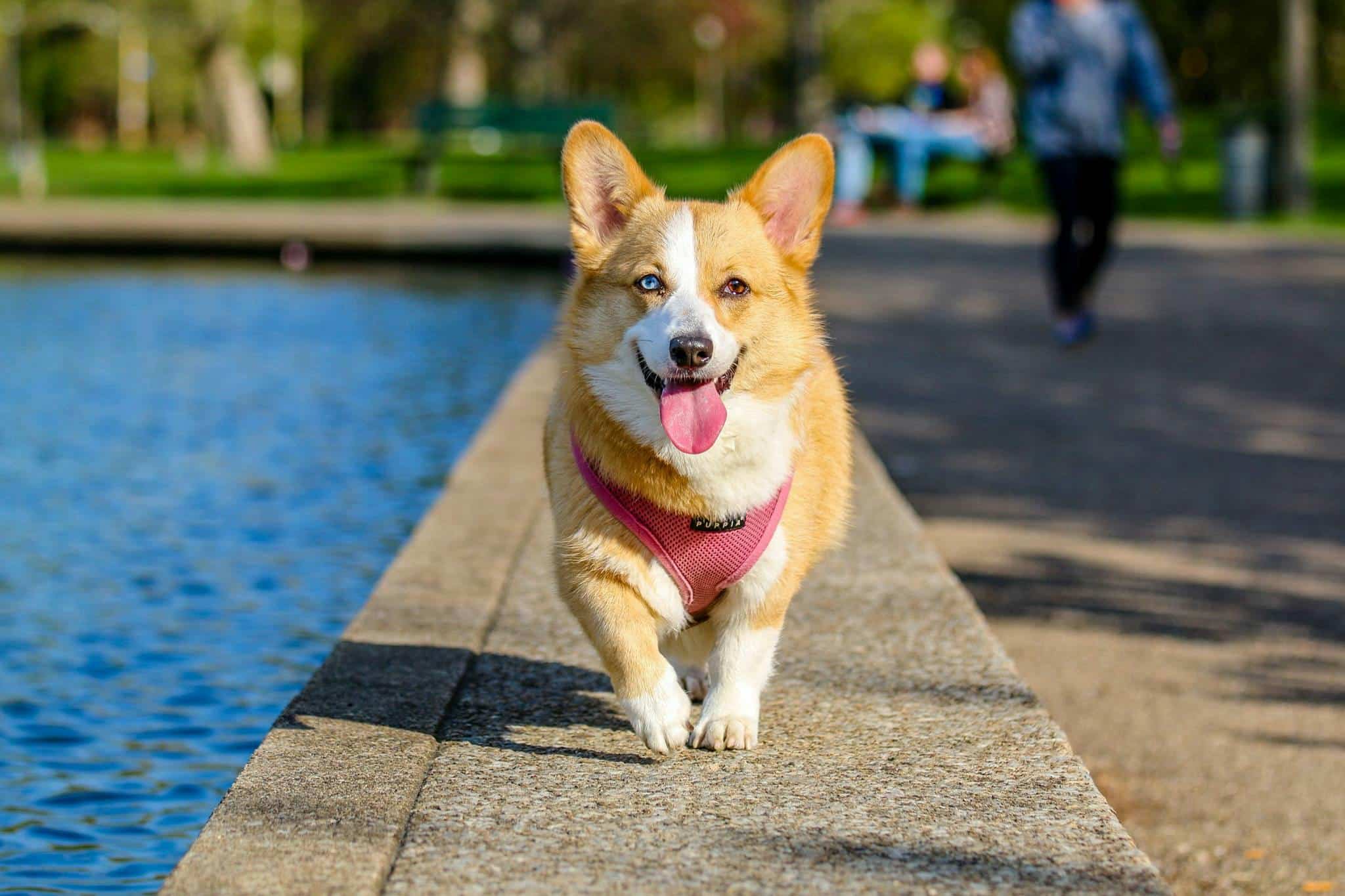How to Safely Navigate Off-Leash Areas with Your Dog?

Having a furry friend in your life is an absolute joy. Dogs are faithful companions and a source of unconditional love. However, owning a dog also comes with a list of responsibilities, one of which is providing them the necessary exercise and playtime. A great place to do this is at off-leash areas, such as dog parks or trails. But how do you ensure the safety of your pet and others in such places? This article will guide you on how to navigate off-leash areas with your dog safely.
Choosing the Right Off-Leash Area
Before heading out with your dog to an off-leash area, it’s crucial that you take the time to research and choose the right location. You might be tempted to head to the nearest park, but not all parks are created equal, and not all are suitable for dogs.
Avez-vous vu cela : What Are the Best Practices for Caring for a Pet with Special Needs?
When choosing a park, consider your dog’s personality and needs. Not all dogs are comfortable in crowded places, especially if they are not used to socializing. Smaller parks with fewer dogs might be a better choice for them.
On the other hand, dogs that are energetic and social might enjoy larger parks with more dogs to play with. However, it’s important to make sure these parks have separate areas for large and small dogs to prevent any mishaps.
Avez-vous vu cela : What Are the Most Effective Ways to Combat Pet Odors in Your Home?
Additionally, check if the parks have necessary facilities like secure fencing, clean water supply, shade, and waste disposal bins. Trails, on the other hand, should have clear markings and easy terrain if you’re planning to let your dog off the leash.
Training Your Dog for Off-Leash Areas
Training is an essential pre-requisite before you take your dog to an off-leash area. Your dog should respond reliably to basic commands like "sit", "stay", "come" and "leave it". This will ensure that you can control your dog’s behavior in the park and prevent any unwanted incidents.
Socialization training is also crucial. Your dog should be comfortable around other dogs and humans. This will help reduce any anxiety or aggression they might feel in a new place filled with unfamiliar faces.
Remember, training doesn’t happen overnight. It requires time, patience, and consistency. Regular short training sessions are more effective than occasional long ones.
Understanding and Abiding by Park Rules
Every off-leash area has its own set of rules and regulations that address the safety and wellbeing of both the pets and the owners. Before you go, make sure you understand these rules thoroughly.
Common rules include cleaning up after your pet, keeping your dog within sight and under voice control, and not bringing in dogs that are aggressive or in heat. Some parks require dogs to be on a leash until they are inside the designated off-leash area.
Ignoring these rules not only puts your dog and other park-goers at risk but can also lead to you being banned from the park. Therefore, it’s essential to respect and follow the rules at all times.
Being Vigilant and Responsible
Even if your dog is well-trained and the park has excellent facilities, it’s important to keep an eye on your dog at all times. Dogs are unpredictable, and conflicts can arise even in the best circumstances.
If your dog starts showing signs of stress or aggression, it’s time to leash them and leave. Similarly, if another dog is causing trouble, don’t be shy to address the issue with the other dog’s owner or park authorities.
Providing your pet with regular breaks for water and rest is also necessary to avoid overexertion.
While it’s normal to socialize with other owners at the park, never let it distract from supervising your dog.
Preparing for Emergencies
Despite all precautions, emergencies can arise. Your dog might get injured, ingest something harmful, or get into a fight. It’s crucial that you’re prepared to address these situations.
Firstly, have your dog’s vet’s contact number handy. Also, knowing basic first aid can be incredibly useful. Carry a small first aid kit with essentials like bandages, antiseptic wipes, and a tick remover.
Secondly, ensure your dog is up-to-date on all vaccinations. This will help protect your dog from diseases that might be present in the park.
Lastly, make sure your dog is microchipped and the contact information is current. In case your dog gets lost, this will make it easier for them to be returned to you.
Navigating off-leash areas with your dog can seem daunting, but with the right preparation and vigilance, it can be a fun and rewarding experience for both of you. It offers a great opportunity for your dog to socialize, explore, and burn off energy. So take the time to prepare, and enjoy the experience of exploring new places with your four-legged friend.
Building Confidence – Helping Your Dog Adjust to Off-Leash Areas
Before you allow your dog to roam freely in an off-leash area, it’s vital to build their confidence gradually. A dog park or a trail can be a new and overwhelming experience for your pet.
Start by visiting the off-leash area during off-peak hours to let your pup familiarize themselves with the environment without the additional stress of too many dogs around. If your dog seems nervous or uncertain, it’s okay to keep them on a leash during the initial visits. This will give them a sense of security and control.
During these visits, encourage your dog to explore, sniff around, and engage with the environment. Make sure to reward your dog for any positive behaviour with treats or praise. This will help your dog associate the park or trail with positive experiences and reduce any fear or anxiety they may have.
Gradually increase the amount of time spent in the off-leash area and the number of dogs your pet interacts with. Be patient and never rush this process. Remember, it’s about your dog’s comfort and safety, not just about letting them off the leash as quickly as possible.
Setting Expectations – What to Watch for in Other Dogs and Owners
While navigating off-leash areas, it’s not just about your dog but also about how other dogs and their owners behave. Understanding canine body language and setting expectations with other dog owners can hugely contribute to a safe and enjoyable off-leash experience.
Canine body language is an essential tool to know if play is getting too rough or if a dog is not comfortable. Watch for signs like pinned ears, tucked tails, raised hackles, or bared teeth. These signs indicate stress or aggression, and it’s best to remove your dog from the situation.
Similarly, if you notice a dog who is not responding to their owner’s commands, it might be wise to keep your dog at a distance. An uncontrolled dog can pose a risk to others, regardless of their size or breed.
Furthermore, communicate clearly with other dog owners. If you notice your dog playing rough with another dog, don’t hesitate to intervene or communicate the issue to the other dog’s owner. Remember, every dog is different, and what is fun for one might be scary for another.
Conclusion
Navigating off-leash areas with your dog can be an enriching experience if done correctly. It provides a unique opportunity for your dog to socialize, exercise, and explore a new environment. However, it comes with its own set of challenges and responsibilities.
From choosing the right off-leash area, training your dog, understanding park rules to being vigilant, preparing for emergencies, building your pet’s confidence, and setting expectations with other dogs and owners, each step plays a vital role in ensuring the safety and enjoyment of your pet and others.
In the end, remember that patience and preparation are key. Each dog is unique and may take different lengths of time to adjust to off-leash areas. But with consistent effort and care, you can create a positive and safe off-leash experience for your four-legged friend. So, gear up, leash in your hand, and get ready to explore the exciting world of off-leash dog parks and trails with your pet!
